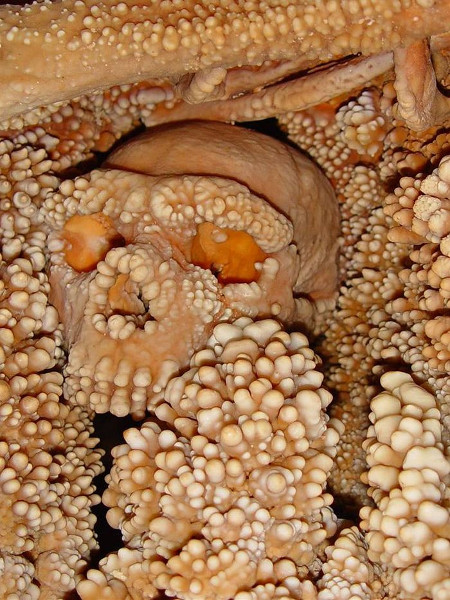
About 150,000 years ago, a Neanderthal man was exploring the Lamalunga Cave in southern Italy when he fell into a sinkhole. Too badly injured to climb out again, he died of dehydration or starvation. Over the ensuing centuries, water running down the cave walls gradually incorporated the man’s bones into concretions of calcium carbonate. Undisturbed by predators or weather, they lay in an immaculate state of preservation until cave researchers finally discovered them in 1993.
This is a great boon for paleoanthropologists — “Altamura Man” is one of the most complete Paleolithic skeletons ever discovered in Europe — but there’s a downside: The bones have become so deeply involved in their matrix of limestone that no one has found a way to remove them without destroying them. So, for now, all research must be carried out in the cave.
